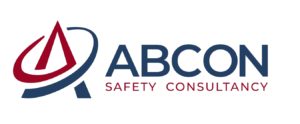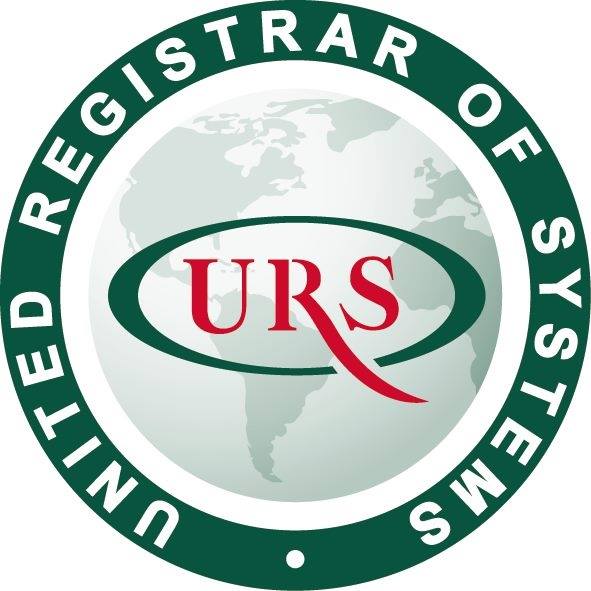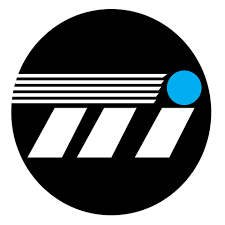Webbing slinging safety training is designed to ensure that operators safely use webbing slings (fabric slings) for lifting and rigging loads. This training covers proper inspection, usage, and hazard identification to prevent accidents related to load handling, and ensure that workers can safely pe

1. Regulations & Compliance
Follows OSHA 1910.184 (Slings) and ANSI/ASME B30.9 (Slings Safety Standards).
Operators must be trained and certified before using webbing slings for lifting.
2. Equipment Inspection
Check Webbing Condition: Inspect slings for signs of wear, tears, cuts, burns, or chemical damage.
Ensure Proper Size and Strength: Verify that the webbing sling is rated for the load it will lift.
Hardware Inspection: Ensure hooks, shackles, and other hardware are in good condition, free from deformation, cracks, or rust.
Marking: Ensure slings are properly tagged with relevant load capacity and other information.
3. Safe Operating Procedures
Proper Sling Selection: Choose webbing slings based on the load type (e.g., flat, round, or endless) and load capacity.
Load Positioning: Ensure that the load is evenly distributed across the webbing sling and that the sling is properly centered.
Avoid Twisting or Knotting: Never twist or knot the webbing sling, as this can weaken the sling and cause failure.
Angle Consideration: When using slings with angles, calculate the sling angle to ensure the load is within the rated capacity.
Load Securement: Ensure the load is secure before lifting, and double-check all connections.
4. Common Hazards & Prevention
Slips and Falls: Keep the work area clean and free from obstacles, and wear proper footwear.
Load Shifting or Falling: Ensure the load is properly secured and check the rigging before lifting.
Webbing Wear and Tear: Inspect slings regularly and replace them if any damage is found.
Pinching or Crushing Hazards: Avoid placing hands or body parts near the load or sling when it’s under tension.
5. Emergency Procedures
Load Failure: If a load begins to shift or fall, stop the lift immediately and ensure everyone is clear of the danger zone.
Injury Response: In case of injury, apply first aid and seek medical attention immediately.
Report Incidents: Any sling or lifting accidents must be immediately reported to the supervisor for investigation.
6. Certification & Refresher Training
Initial Certification: Includes learning how to select, inspect, and safely use webbing slings, along with practical assessments.
Refresher Training: Recommended every 2-3 years or after an incident to ensure operators are up to date with safety practices.
In today’s dynamic business environment, maintaining compliance, safety, and quality is essential for success. Romana Skills Training LLC is a KHDA & Dubai Municipality-approved training and consultancy provider dedicated to helping businesses enhance safety standards, meet regulatory requirements, and drive operational excellence.
We offer expert-led training and consulting services in Food Safety (HACCP, ISO 22000), Health & Safety (HSE), Quality Management, and Environmental Compliance, ensuring that organizations across various industries—food manufacturing, hospitality, healthcare, construction, and more—achieve full regulatory compliance and operational efficiency.
With a strong focus on tailored solutions, we empower businesses with practical knowledge and strategies that reduce risks, improve workforce competency, and enhance overall performance. Our commitment to excellence and continuous improvement has helped numerous clients meet Dubai Municipality, ISO, and global safety standards successfully.
Partner with Romana today and unlock excellence in safety and compliance!
(Institute Review)
55 years ago(Institute Review)
55 years ago
This training is ideal for those employee(s) who needs to perform rigging and slinging task as part of their work.

Never move loads over employees or allow employees to walk under lifted loads. Never leave a suspended load unattended or allow employees to walk under a load. If a crane breaks down mid-load, secure the load in place or block the area.

The Course is designed for Rigger, Crane Operator, Rigger, Safety Officer, Safety Engineer, Safety Manager, Safety Consultant, Inspectors and the persons involved in the lifting operation.

The training and education of riggers engaged in industrial hoisting and rigging activities.

The aim and objectives of the Rigging and Slinging Training Programme are to provide the delegate with knowledge of the rigging principles, general hazards and risks of rigging and lifting operations etc.
© 2025 www.coursetakers.ae All Rights Reserved. Terms and Conditions of use | Privacy Policy